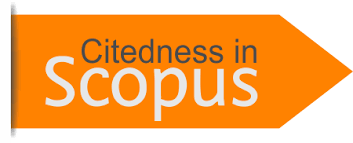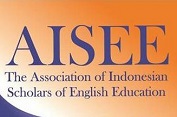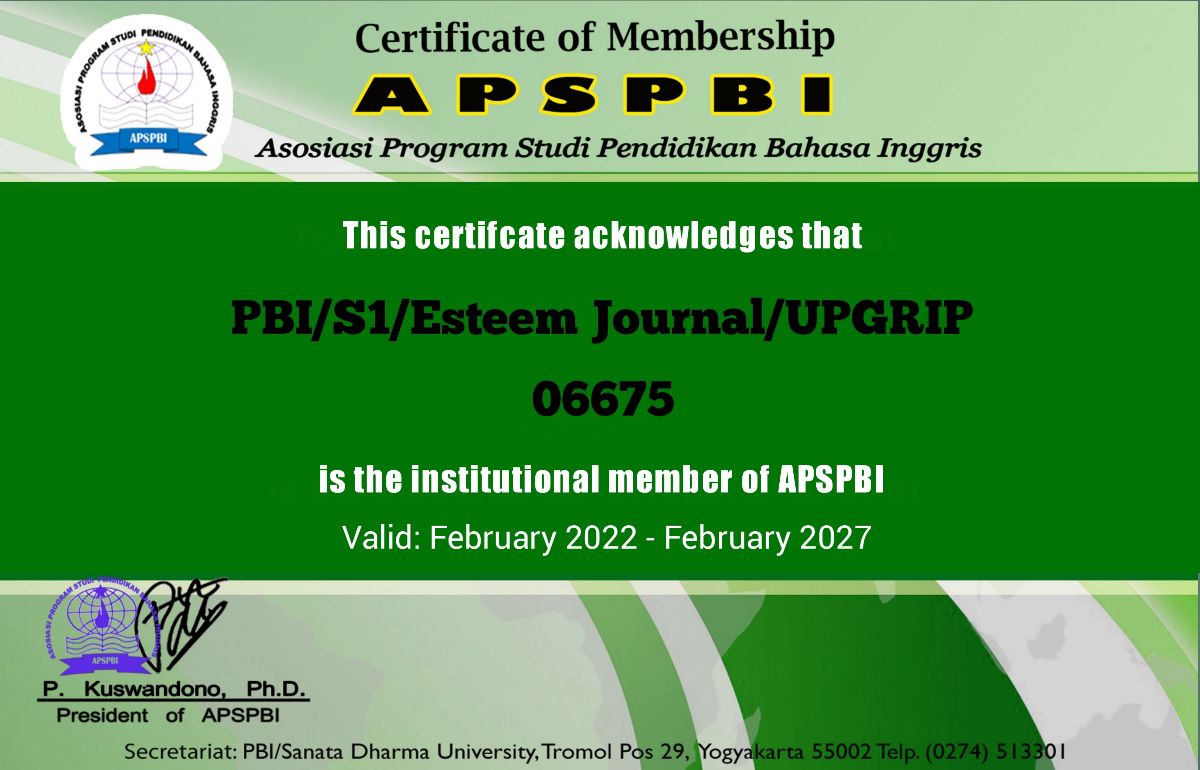TEACHING SPEAKING ABILITY OF VOCATIONAL HIGH SCHOOL STUDENTS THROUGH DIRECT INSTRUCTION MODEL
DOI:
https://doi.org/10.31851/esteem.v7i2.15824Keywords:
Speaking ability, Direct Instruction, Descriptive TextAbstract
Through the use of oral tests to describe places described in descriptive texts, this study sought to investigate the efficacy of an instruction model combined with a learning model in enhancing the speaking abilities of Vocational High School (SMK) students. The goal of this study was to teach English speaking skills in a classroom setting. An experimental strategy with a pre- and post-test one group design was employed in the research methodology. Tenth grade TKJ students from Vocational High School PGRI Pangkalan Balai academic years 2023/2024 made up the research sample. Speaking exams were used to gather data both before and after the course of treatment. The speaking exam was divided into multiple parts, including fluency, grammar, vocabulary, and pronunciation. With an average pre-test score of 47.23% and an average post-test score of 64.3, the data analysis results demonstrated a considerable improvement in the speaking ability of students who received instruction through a direct instruction paradigm. This result demonstrates how well the learning model with direct instruction worked to enhance the speaking skills of students enrolled in vocational programs.
References
Davis, A. (2018). Evidance-based approaches to education:Direct Instruction, anyone? Sage Journals, 32(3), 135-138.
Duckworth, A. L. (2019). Measurement Matters: Assessing Personal Qualities Other Than Cognitive Ability for Educational Purposes. Educational Researche. https://doi.org/10.3102/0013189X19833202, 48(4), 213–225.
Ellis, R. (2003). Task-based Language Learning and Teaching. Oxford University Press.
GÜNEŞ's, F. (2022). The Direct Instruction Model. The Journal of Limitless Education and Research. The Journal of Limitless Education and Research, Folume 7 issu 1, 1-39.
Hadge, T. (2000). Teaching and Learning in the Language Classroom. Newyork: Oxford University Press.
Holandyah, M. e. (2024). Unveiling the Benefits of English-Speaking Club: Insights From Students at One Higher School in Palembang. Esteem, 25.
Jahidi, J. (2014). Kualifikasi dan Kompetensi Guru. Jurnal Ilmiah Mahasiswa Pascasarjana.
Jaya, A. (2022). Exploring the Students' Speaking Ability based on their Different Personalities. Esteem, 12.
Johnson, A. (2010). Metode Eksperimen dalam Penelitian Sosial. Jurnal Penelitian Sosial. 25(2), p78-95.
Kurnia, F. (2022, 12 20). Description Text: Definition, Characteristics, and Types. Retrieved from Dailysocial: https://en.dailysocial.id/post/teks-deskripsi
Larsen-Freeman, D. (2015). Techniques and Principles in Language Teaching. Oxford University Press.
Leong, L. M. (n.d.). Analyisi of Factors Influencing Learners' English Speaking Skills.
Nuraini. (2022). The Influence of Role Play Technique and Learning Motivation Towards the Tenth Grade Students’ Speaking Ability. Esteem.
Operation, T. G. (2019). Pasti Bisa. In T. G. Operation, Pasti Bisa (p. 31). Penerbit Duta.
Pratiwi, E. (2019). Strategies of reading skills for english language class. Esteem, 2.
Pritandhari, M. (2017). Implementasi Model Pembelajaran Direct Instruction untuk Meningkatkan Kemampuan Berpikir Kreatif Mahasiswa. Journal Pendidikan Ekonomi UM Metro, 48.
Theriana, A. (2020). Teaching Reading Comprehension through Numbered Heads together to the Eleventh Grade Students of SMA Nurul Amal Palembang. Esteem, 13.
Windu, I. G. (2021). Peningkatan Hasil Belajar Siswa Mata Pelajaran PPKN. JPE(Jurnal Pendidikan Edutama), 2-3.
Wood, J. (n.d.). Communication in Our Lives (7th ed.). Wadsworth Publishing.
Downloads
Published
Issue
Section
License
Copyright (c) 2024 Etty Pratiwi, Puspa Oktalia, Dewi Kartika Sari

This work is licensed under a Creative Commons Attribution-NonCommercial-ShareAlike 4.0 International License.
Copyright Notice
Authors who publish with this journal agree to the following terms:
In order to assure the highest standards for published articles, a peer review policy is applied. In pursue of the compliance with academic standards, all parties involved in the publishing process (the authors, the editors and the editorial board and the reviewers) agree to meet the responsibilities stated below in accordance to the Journal publication ethics and malpractice statement.
Duties of Authors:
- The author(s) warrant that the submitted article is an original work, which has not been previously published, and that they have obtained an agreement from any co-author(s) prior to the manuscript’s submission;
- The author(s) should not submit articles describing essentially the same research to more than one journal;
- The authors(s) make certain that the manuscript meets the terms of the Manuscript Submission Guideline regarding appropriate academic citation and that no copyright infringement occurs;
- The authors(s) should inform the editors about any conflict of interests and report any errors they subsequently, discover in their manuscript.
Duties of Editors and the Editorial Board:
- The editors, together with the editorial board, are responsible for deciding upon the publication or rejection of the submitted manuscripts based only on their originality, significance, and relevance to the domains of the journal;
- The editors evaluate the manuscripts compliance with academic criteria, the domains of the journal and the guidelines;
- The editors must at all times respect the confidentiality of any information pertaining to the submitted manuscripts;
- The editors assign the review of each manuscript to two reviewers chosen according to their domains of expertise. The editors must take into account any conflict of interest reported by the authors and the reviewers.
- The editors must ensure that the comments and recommendations of the reviewers are sent to the author(s) in due time and that the manuscripts are returned to the editors, who take the final decision to publish them or not.
Authors are permitted and encouraged to post online a pre-publication manuscript (but not the Publisher final formatted PDF version of the Work) in institutional repositories or on their Websites prior to and during the submission process, as it can lead to productive exchanges, as well as earlier and greater citation of published work (see The Effect of Open Access). Any such posting made before acceptance and publication of the Work shall be updated upon publication to include a reference to the Publisher-assigned DOI (Digital Object Identifier) and a link to the online abstract for the final published Work in the Journal.





























